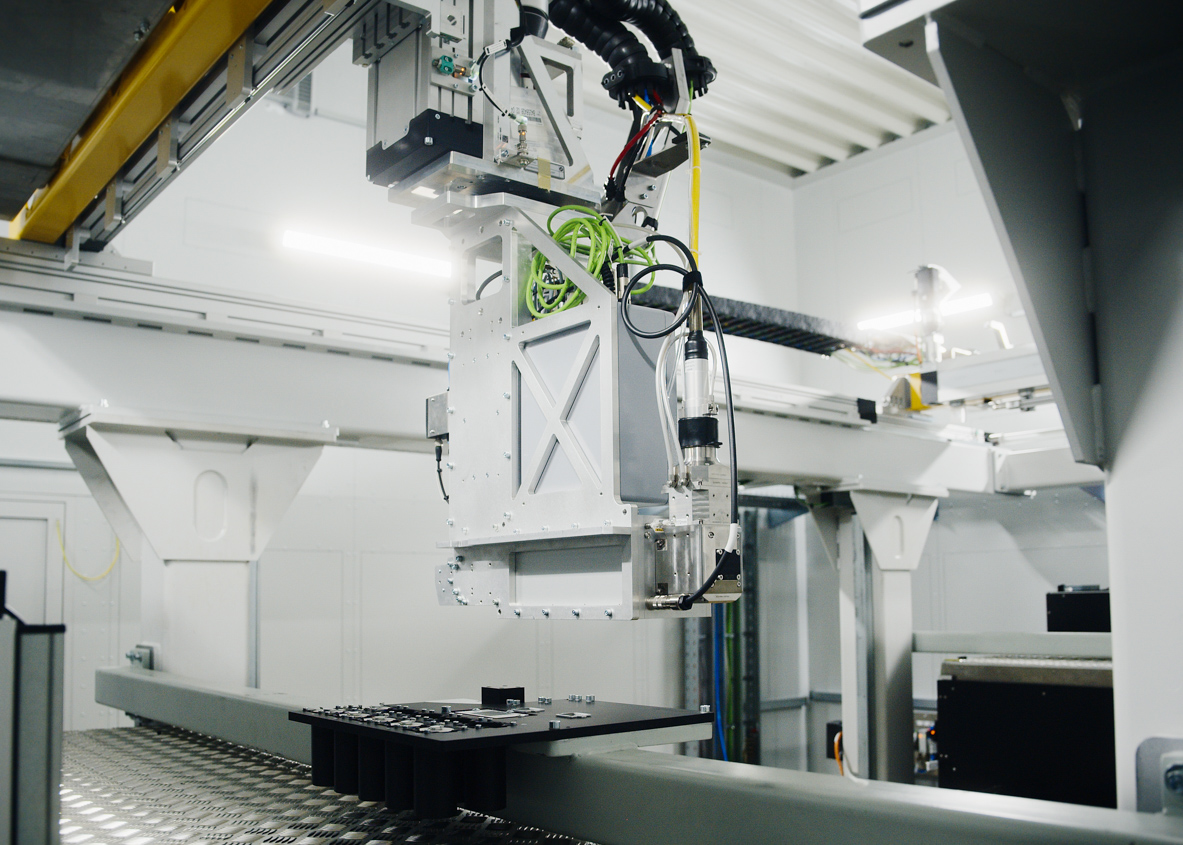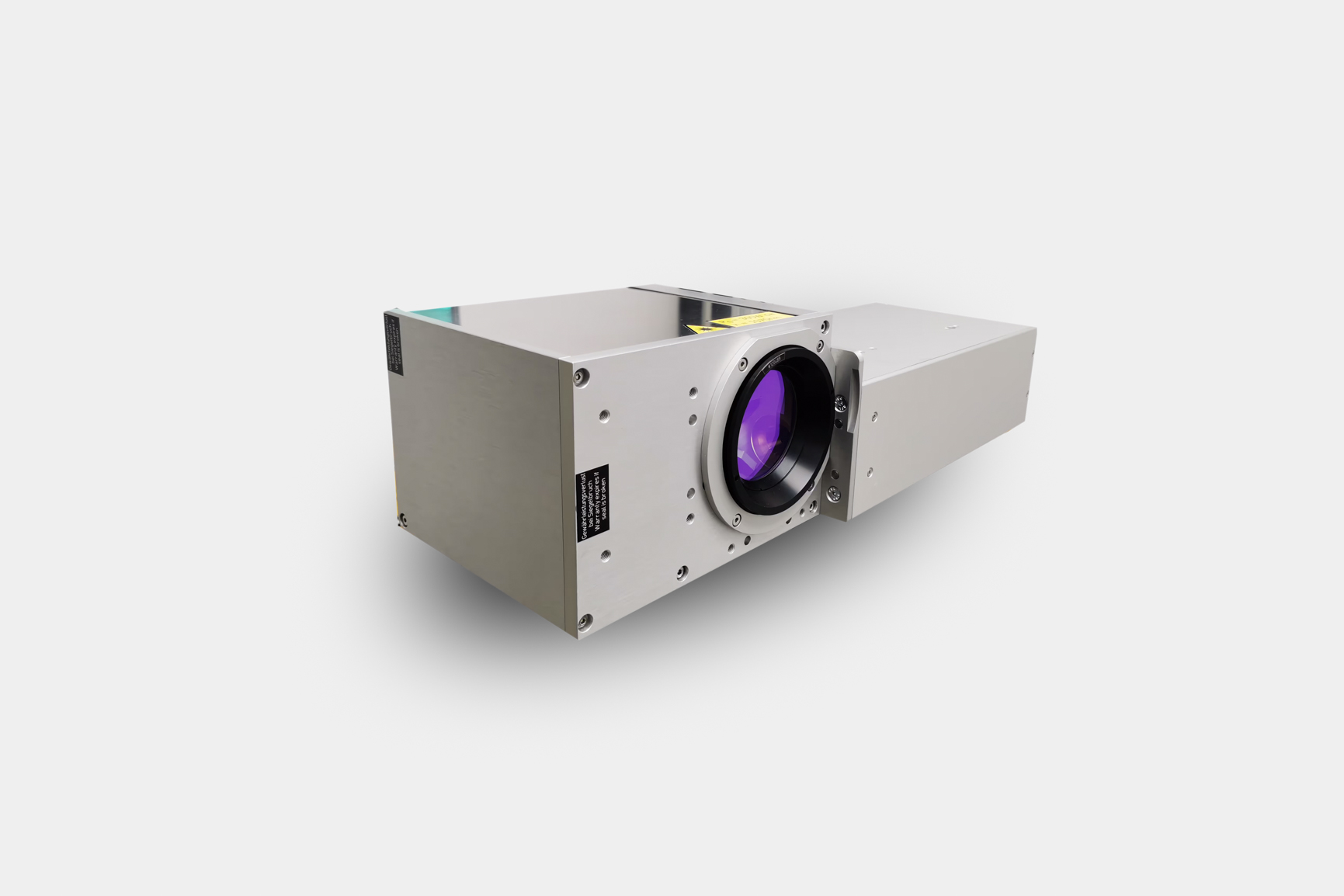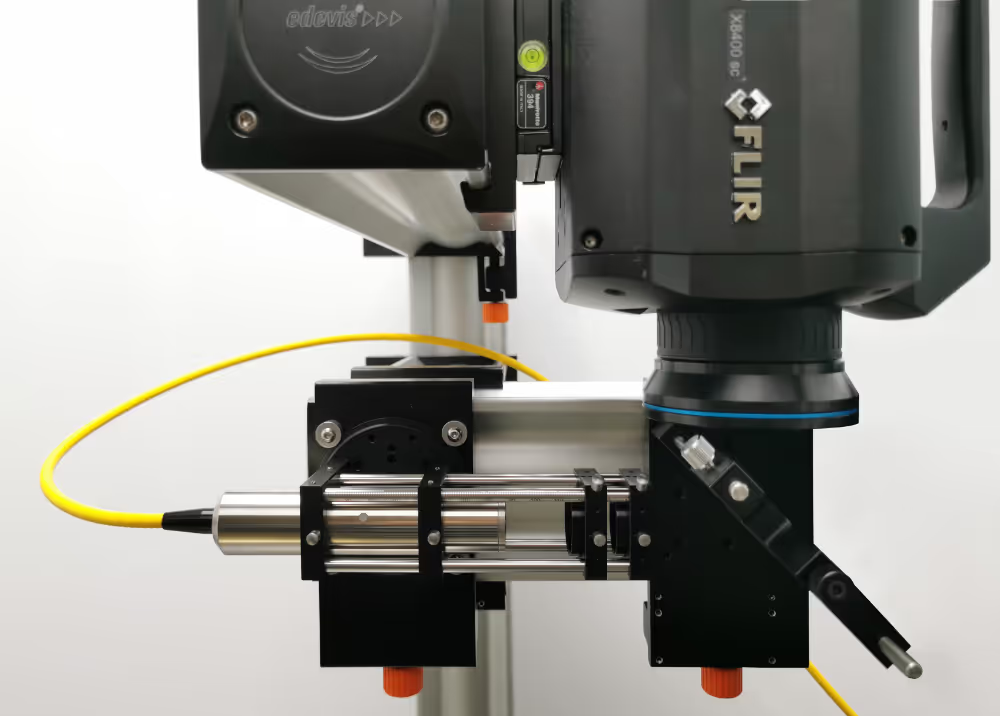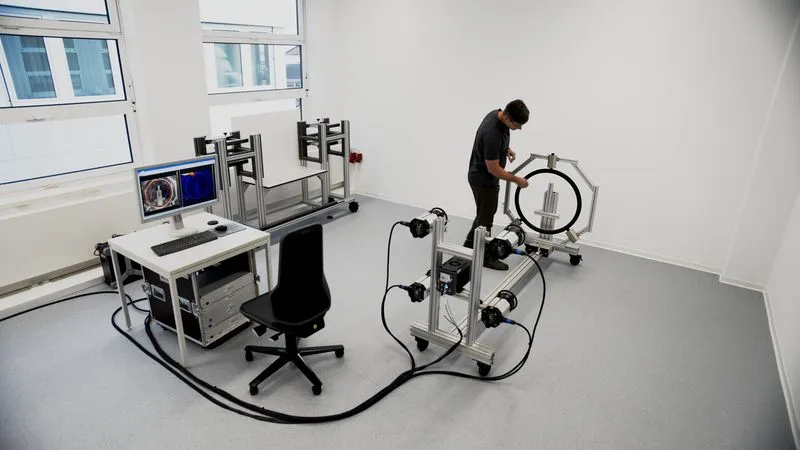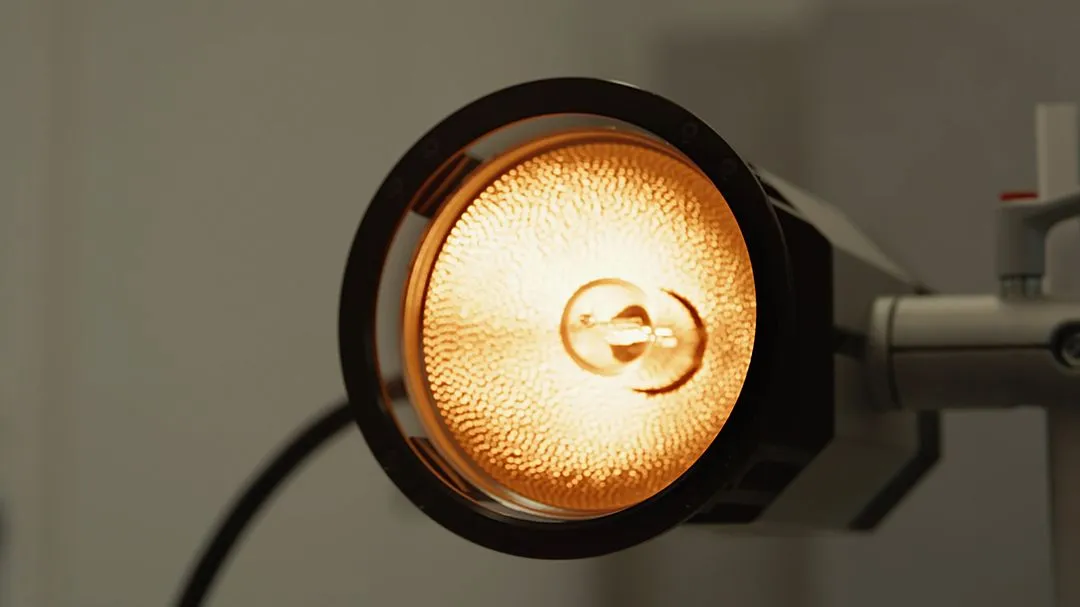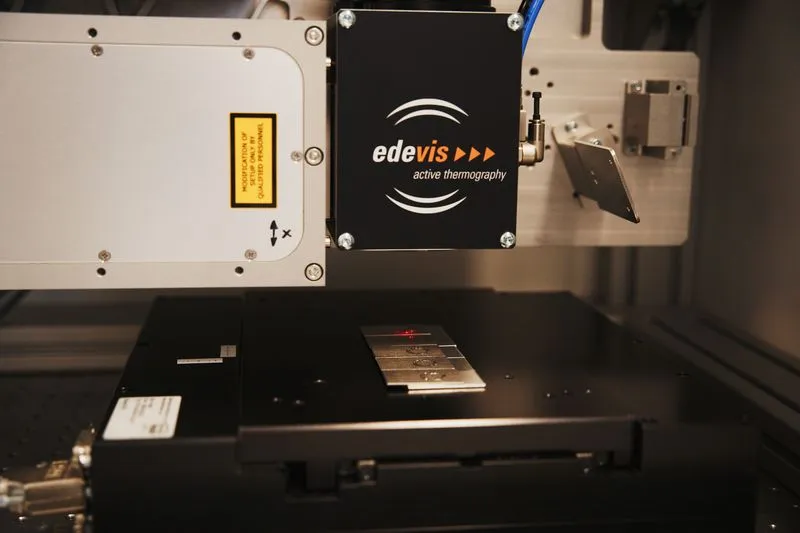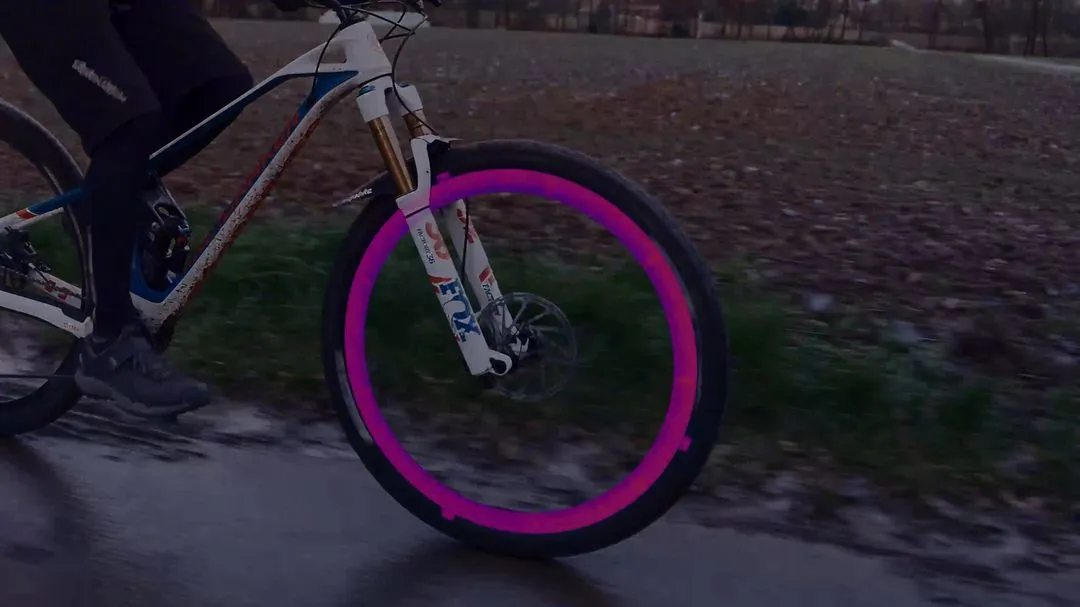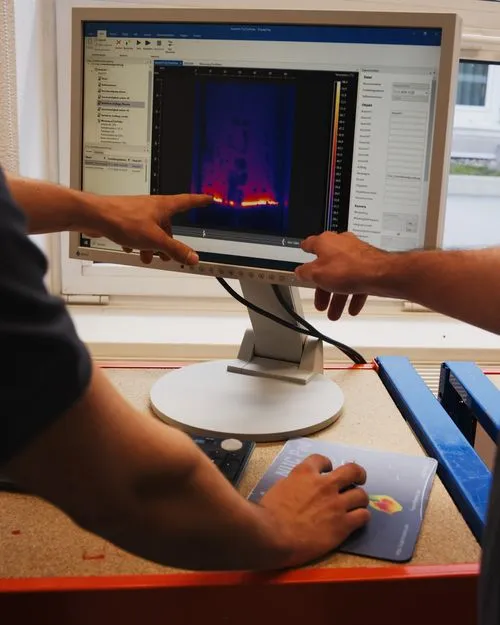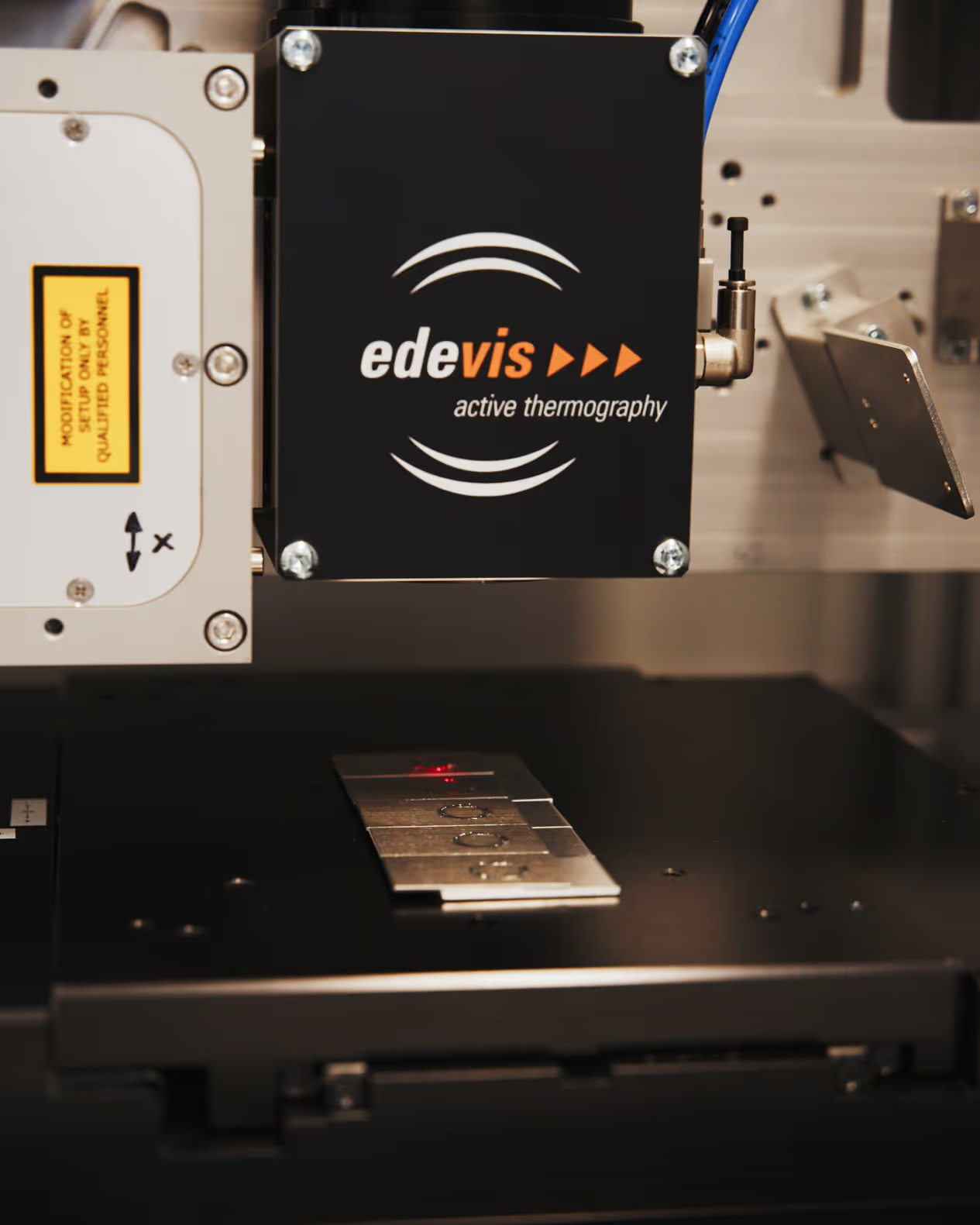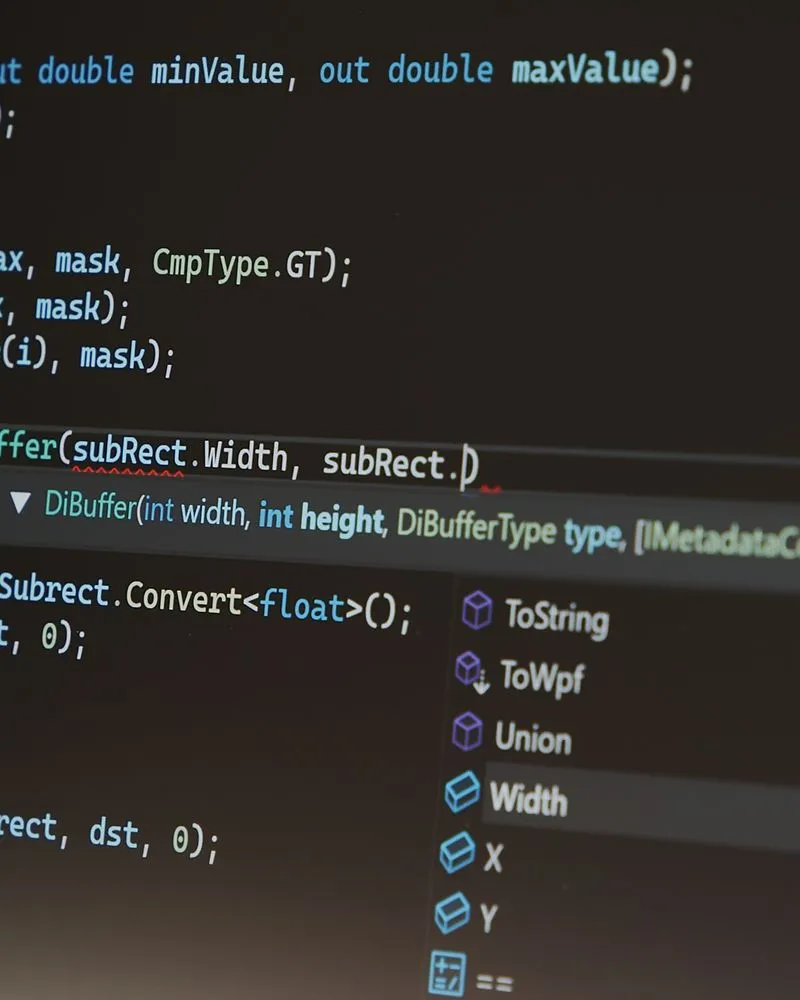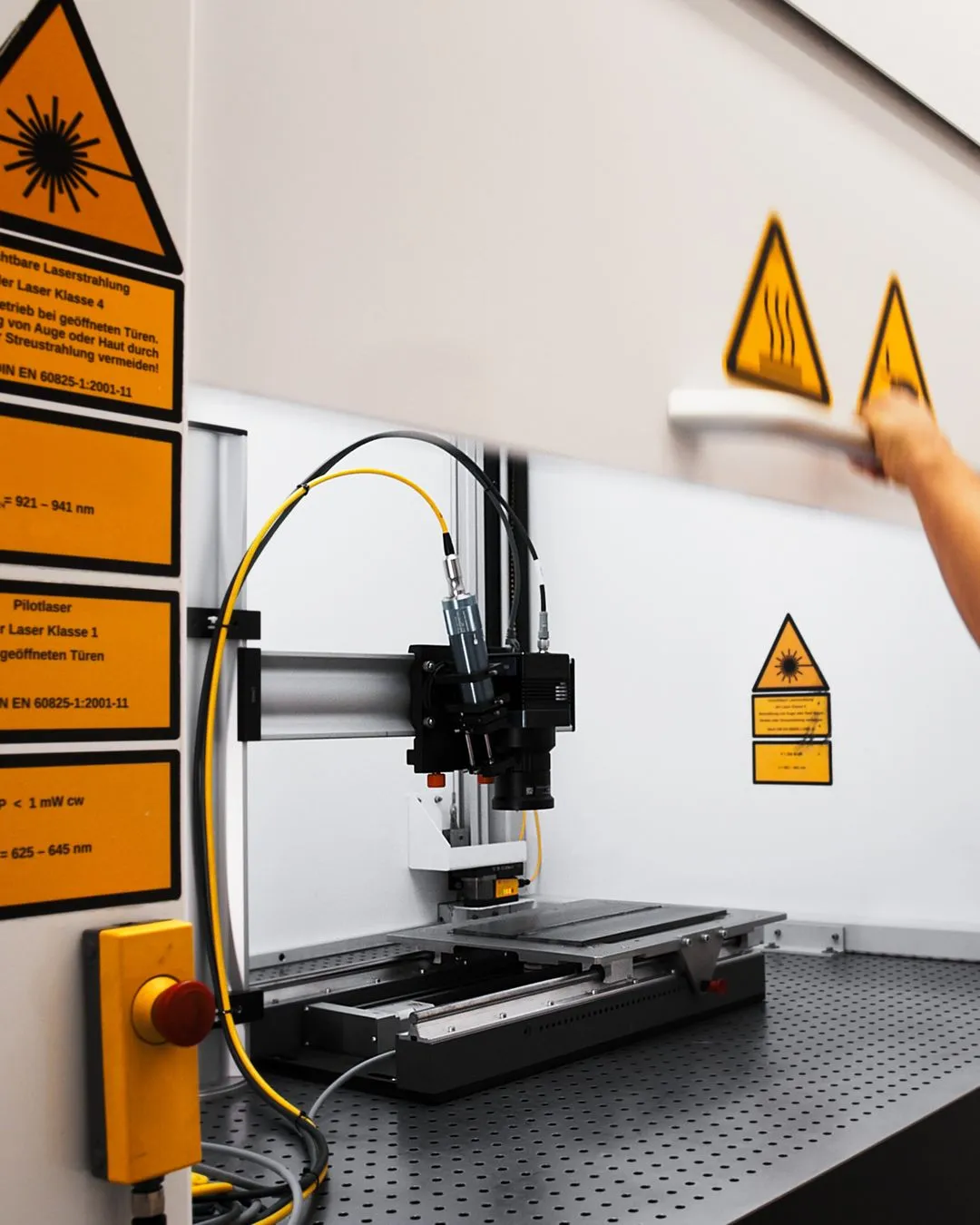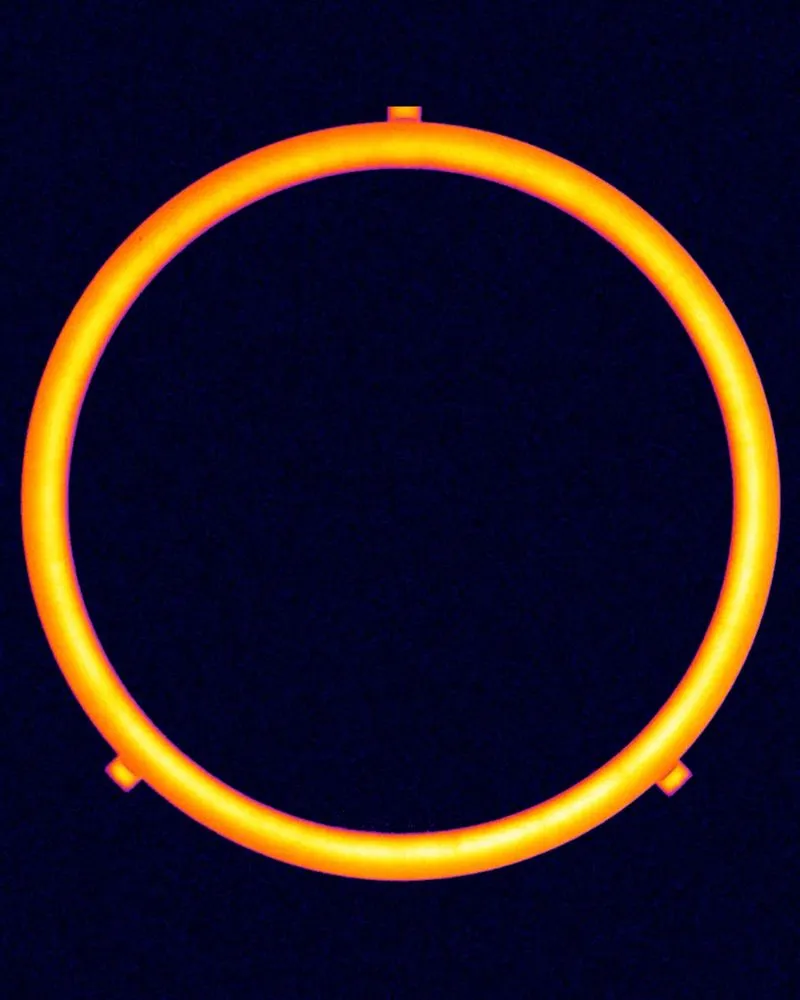LTvis
Active thermography with adaptable laser excitation
LTvis is edevis modular testing concept for non-destructive material inspection using laser thermography. By selecting the appropriate Laser source – diode or fiber inspections can be precisely adapted to the material, geometry, and type of defect. From full-surface inspection to high-resolution detection of the finest defects, LTvis offers maximum flexibility and precision.
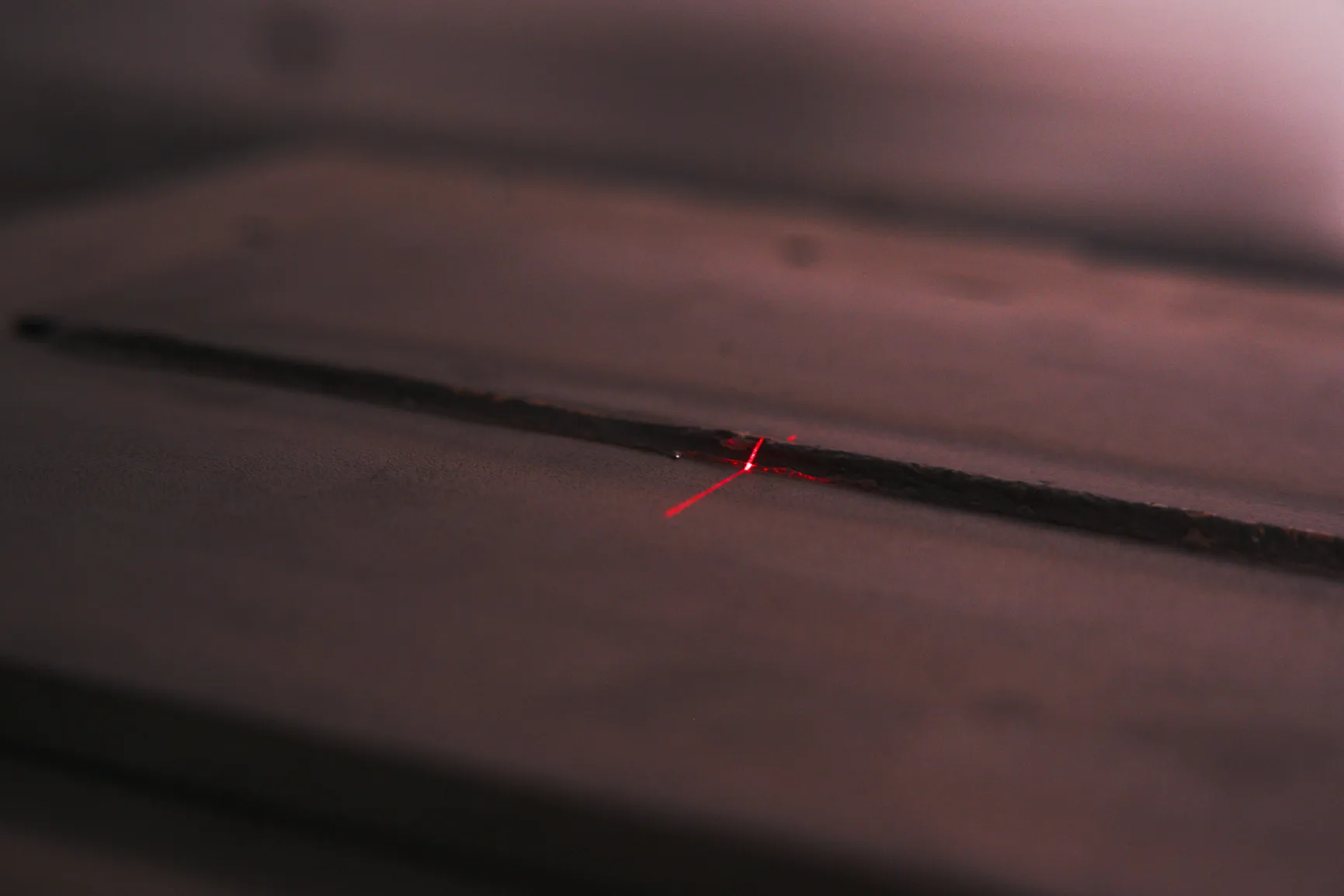
Applications
- Inspection of welds and solder joints
- Detection of cracks, delaminations, and inclusions
- Coating thickness and hardness testing
- Grinding burn inspection
- Testing of CFRP, aluminum, copper, and steel
- Defect detection on complex geometries
Advantages of LTvis
- Flexible configuration through selectable laser source
- Suitable for various materials and defect types
- High depth resolution & thermal sensitivity
- Automatable & inline-capable
- Proven edevis platform with unified software architecture

How does inspection with LTvis work?
Typical procedure of an LTvis inspection
1. Thermal excitation via laser beam
2. Heat flow within the material
3. Detection via infrared camera
4. Software-assisted analysis
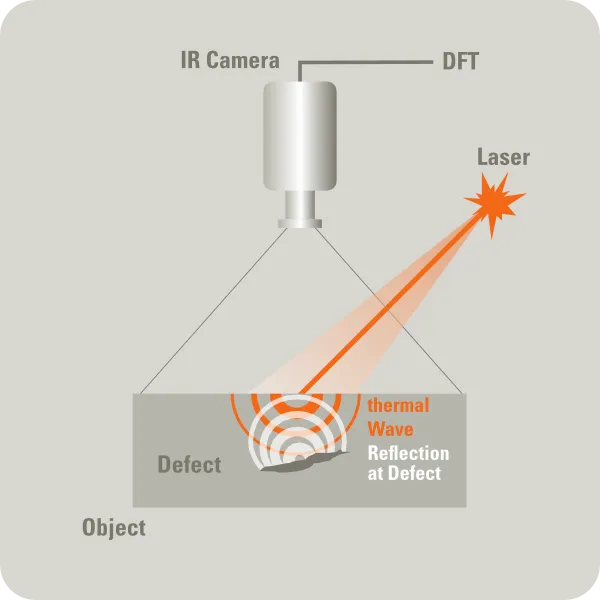
Specifications
Diode laser
Fiber laser
1D vs. 2D/3D heat flow
Modular System
- LTvis excitation source and optics; choice of diode or fiber Laser
- Software module for Laser control
- Laser optics/scanner (optional)
- Laser safety cabin (optional)
Required components:
- Fast IR camera with MWIR detector
- ESG signal generator
- edevis software DisplayImg
- Test bench/handling system (optional, for automated testing)
The system can be used for both laboratory testing and automated inline setups.

Evaluation software:
DisplayImg Professional
- Control of laser unit & camera
- Phase image analysis & Fourier evaluation
- Project management, API integration
- Compatible with all edevis excitation types
DisplayImg Automation
- Flexible modular system
- Active & passive thermography
- Automated data acquisition
- OPC connection & SQL export
- Barcode/DMC scanner
FAQ
Our frequently asked questions — answered quickly and easily.
Can LTvis be used for automated lines?
Yes – through scanner solutions or robot integration, LTvis can be easily integrated into automated production environments.
mehr erfahrenHow deep can LTvis 'see' into the material?
Depending on the material, laser and test setup, depth ranges from a few tenths of a millimetre to several millimetres can be realistically detected.
mehr erfahrenIs LTvis compatible with other edevis systems?
Yes – thanks to the shared software platform several thermography modules can be flexibly combined.
mehr erfahrenWhat is the difference between diode and fiber lasers?
Diode lasers generate a wide, homogeneous heating – ideal for large or uniform test areas. Fibre lasers deliver focused energy for high-resolution, deeper inspections.
mehr erfahrenWhat types of defects can be detected with LTvis?
Cracks, delaminations, voids, porosity, grinding burn, bonding defects and more – depending on the choice of laser also at different depths.
mehr erfahren




